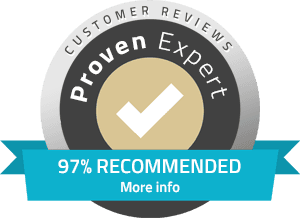Digital marketing encompasses various tools and elements that businesses utilize to promote their products or services online and engage with their target audience effectively. Here are the main tools and elements of digital marketing:
- Website: A business website serves as a central hub for digital marketing activities. It’s where customers can learn about the business, browse products/services, and take desired actions (e.g., make purchases, sign up for newsletters).
- Search Engine Optimization (SEO): SEO involves optimizing a website to improve its visibility in search engine results pages (SERPs) for relevant keywords. Key elements include keyword research, on-page SEO (meta tags, content optimization), off-page SEO (backlinks), and technical SEO (site structure, speed).
- Content Marketing: To draw in and hold on to a target audience, content marketers create and disseminate valuable, timely, and consistent information. Posts on blogs, articles, podcasts, infographics, videos, ebooks, and more can all be considered content.
- Social Media Marketing: Social media platforms (e.g., Facebook, Instagram, Twitter, LinkedIn) are used to promote products/services, engage with customers, build brand awareness, and drive traffic to the website through organic posts and paid advertising.
- Email Marketing: Email marketing involves sending targeted emails to prospects and customers to promote products/services, share content, nurture leads, and build relationships. Tools like Mailchimp, Constant Contact, and HubSpot are used for email campaign management.
- Pay-Per-Click Advertising (PPC): PPC advertising allows businesses to display ads on search engines (e.g., Google Ads) or social media platforms (e.g., Facebook Ads). Advertisers pay a fee each time their ad is clicked, directing traffic to their website.
- Marketing Automation: Automation tools automate repetitive marketing tasks such as email campaigns, social media posting, lead nurturing, and data analysis. Examples include HubSpot, Marketo, and Mailchimp’s automation features.
- Analytics and Data Tools: Tools like Google Analytics, Adobe Analytics, and social media analytics platforms provide insights into website traffic, user behavior, campaign performance, conversion rates, and ROI. Data analysis helps optimize marketing strategies and measure effectiveness.
- Conversion Rate Optimization (CRO): CRO focuses on improving the percentage of website visitors who take desired actions (e.g., make a purchase, fill out a form). Techniques include A/B testing, optimizing landing pages, improving user experience (UX), and analyzing conversion funnels.
- Mobile Marketing: Mobile-specific strategies include optimizing websites for mobile devices, mobile apps, SMS marketing (text messages), and location-based marketing to reach users on their smartphones and tablets.
- Influencer Marketing: Collaborating with influencers who have a large and engaged following in a specific niche can help businesses reach their target audience authentically and build brand credibility.
- Affiliate Marketing: Affiliate marketing involves partnering with affiliates who promote products/services in exchange for a commission on sales. Affiliate networks like Amazon Associates, ShareASale, and Commission Junction facilitate these partnerships.
- CRM (Customer Relationship Management): CRM systems like Salesforce, HubSpot CRM, and Zoho CRM help businesses manage and analyze customer interactions and data throughout the customer lifecycle, improving customer retention and sales.
- Online PR and Reputation Management: Tools and strategies for managing online reputation, monitoring mentions, handling customer reviews, and responding to feedback to maintain a positive brand image.



